In the plain south of the first foothill of the Churia range lies Lumbini, the birthplace of Gautama Buddha. Lumbini is a sacred place for Buddhists from all over the world, standing on an equal footing with holy places sacred to other world religions. A veteran Asian traveler and author of several books writes, ‘As millions of Christians look to Jerusalem for inspiration, as millions of Muslims turn to Mecca, so do three hundred million Buddhists see in the Sacred Kingdom of Nepal, a pillar left by the great Emperor Ashoka to mark the site where Buddha was born.’
The Sacred Garden where Buddha was born converges on the Ashoka pillar, which carries an inscription identifying the spot as the birthplace of Buddha. Maya Devi, the mother of Buddha, was on her way to her parent’s home in Devadaha. While taking rest in Lumbini under a Sal tree and admiring the beauty of the region, she felt labour pains. She gave birth to the child while holding a drooping branch of a Sal tree.
In 1895, a German archaeologist, while wandering about the foothills of the Churia range, discovered a massive stone pillar erected by Emperor Ashoka in 250 B.C. to pay homage to the birthplace of Buddha. It is said that the Indian Emperor visited Lumbini Garden in the twentieth year of his coronation.
The next visible monument in Lumbini is the temple of Maya Devi containing a stone relief depicting the birth scene of Lord Buddha. The bas-relief shows Maya Devi supporting herself by holding on to a branch of a Sal tree, and the newborn infant Buddha standing upright on a lotus pedestal. Two celestial figures are engaged in the act of pouring water and lotuses from heaven, indicated in the sculpture by a delineation of clouds. The Maya Devi shrine has been worshipped by both Hindus and Buddhists since the beginning of the Christian era and is believed to have been built over the foundation of at least one earlier temple or stupa.
To the South of the Maya Devi temple is the famous sacred pool of ‘Puskarani’, believed to be the same sacred pool in which queen Maya Devi bathed just before giving birth to Buddha. It is also believed to be the pool where the infant Buddha was given his first purification bath. The structure consists of three projecting terraces in descending order and is riveted with fine brick masonry.
Nepal Buddha Temple is built within complex premises of Lumbini in the same style as that of modern Buddhist shrines in Nepal. The prayer hall houses a huge idol of Buddha while the walls are embellished with medieval style murals.
The Lumbini Museum has a large collection of the Mauryan and Kushana coins, religious manuscripts, terracotta fragments and stone and metal sculptures. Also on display is an extensive collection of stamps from various countries depicting Lumbini and Buddha.
Overview
- Kathmandu
- Bhaktapur
- Nagarkot
- Pokhara
- Lumbini
- Buddhist Monastery


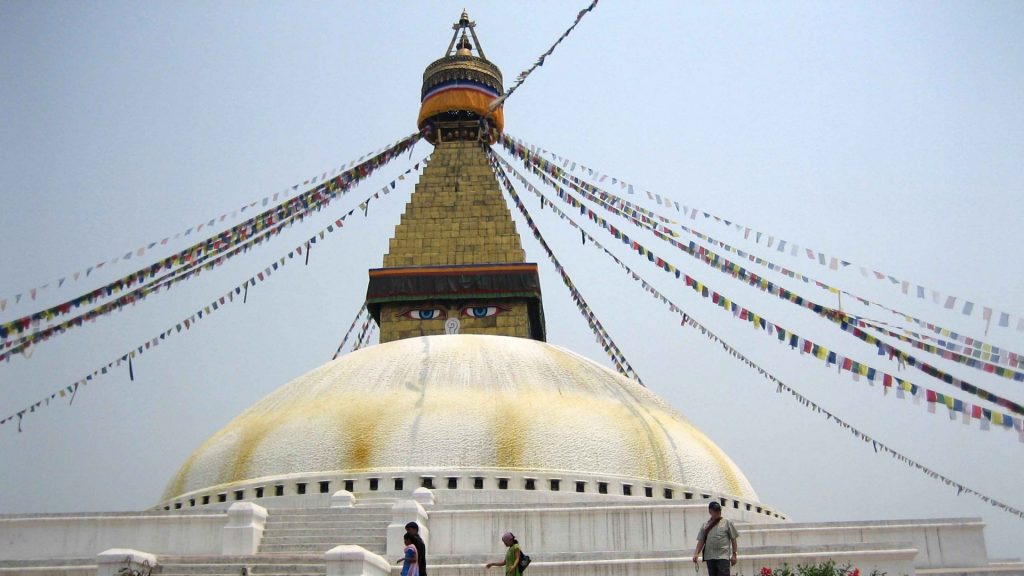
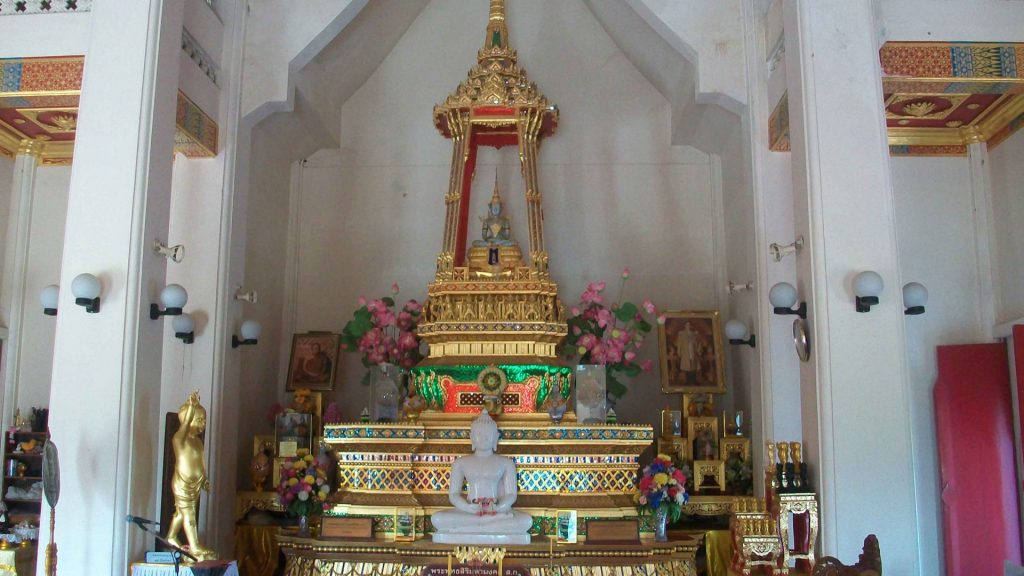
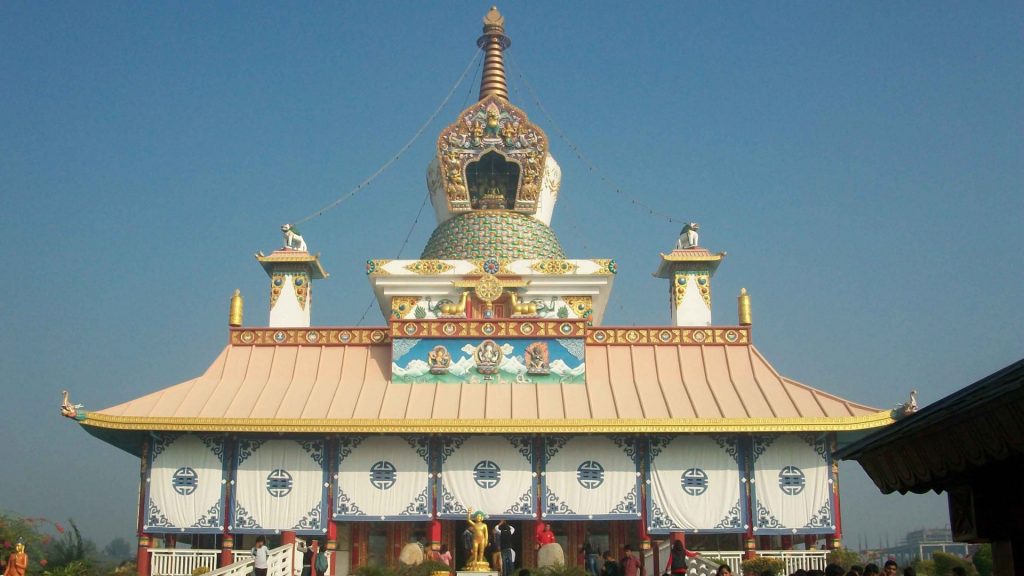
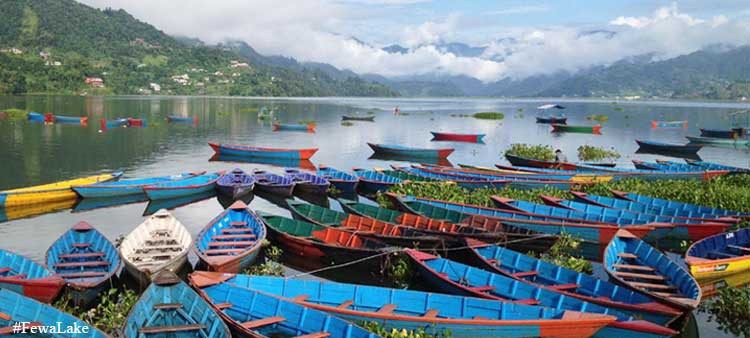
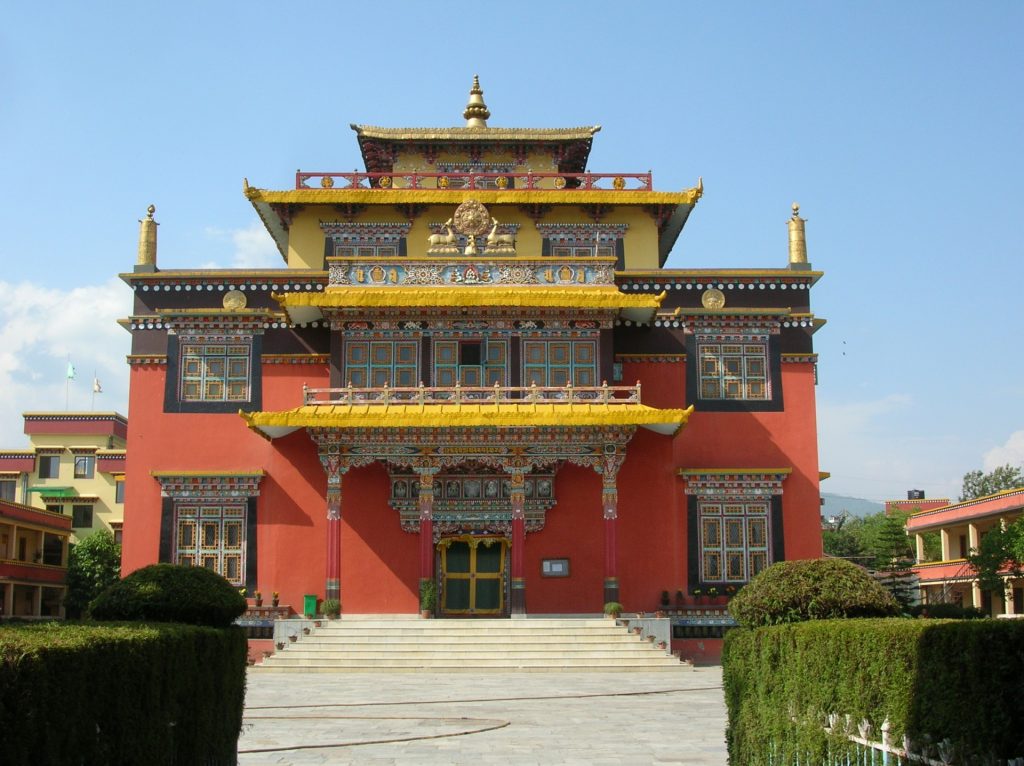
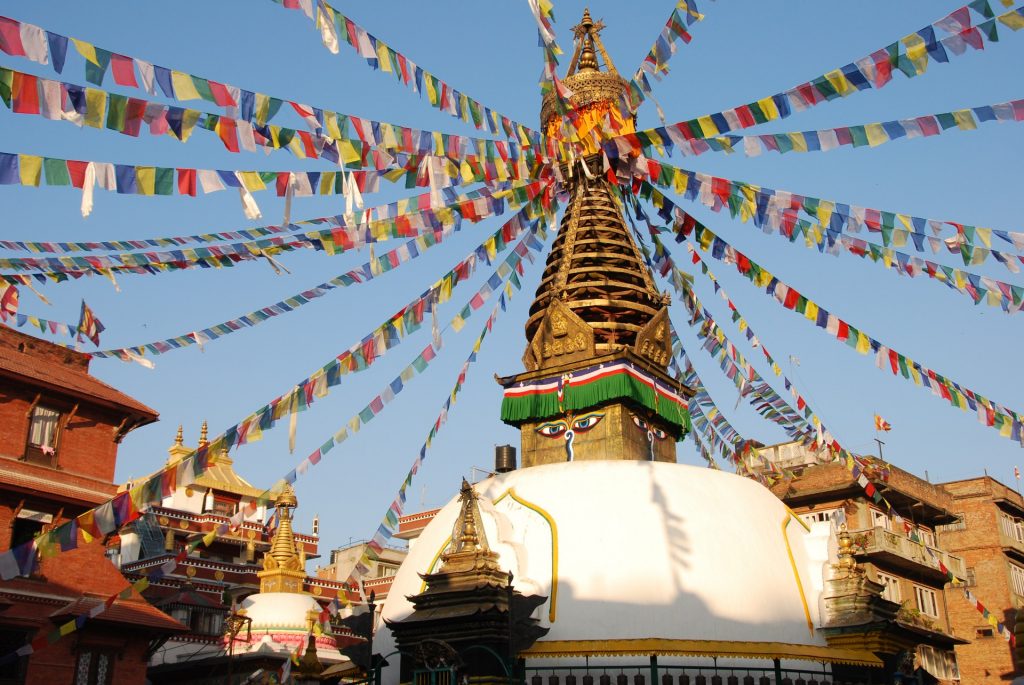

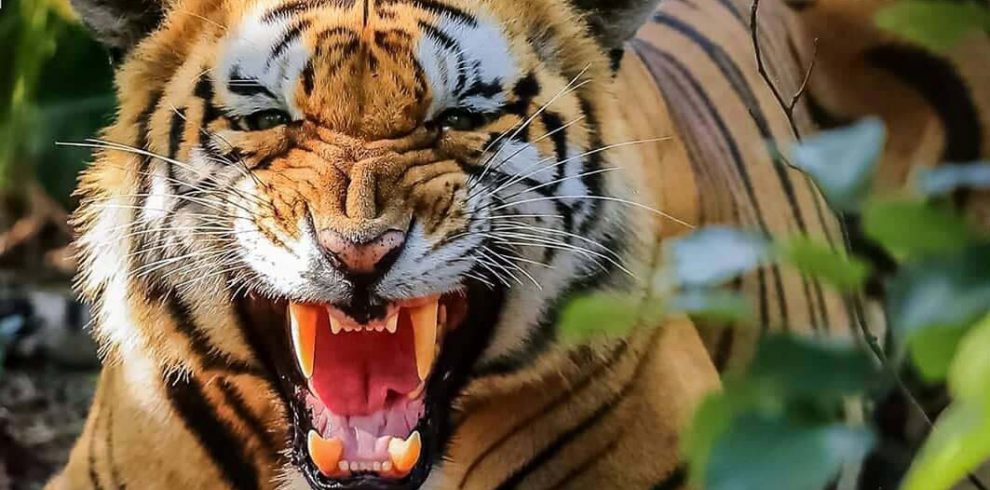
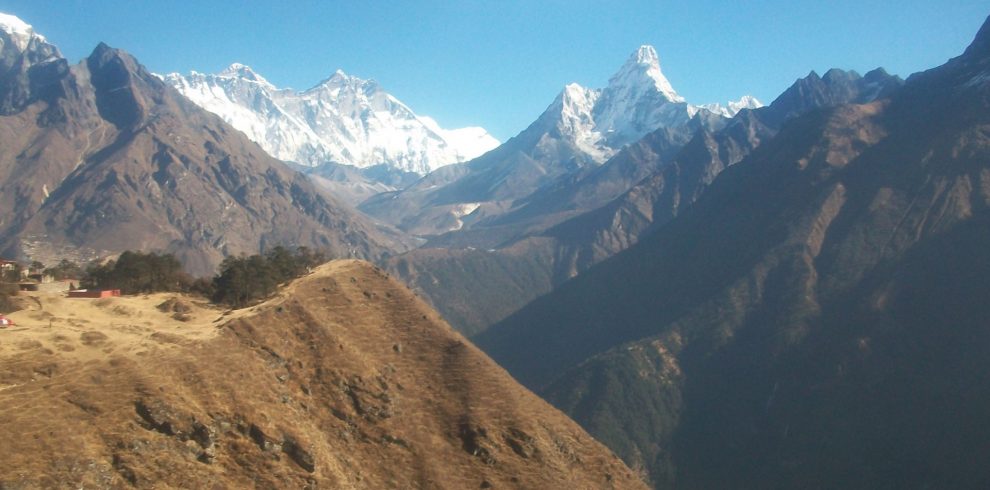
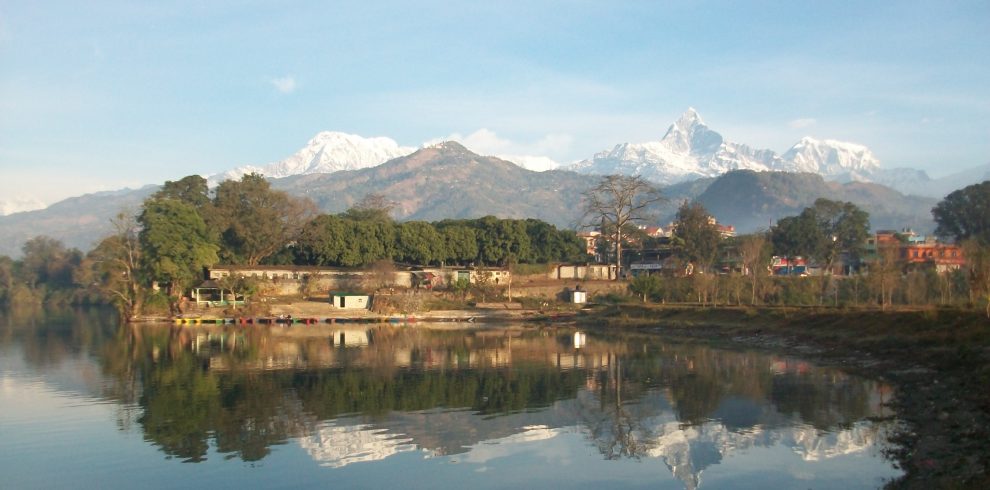
Write a Review
You must be logged in to post a comment.